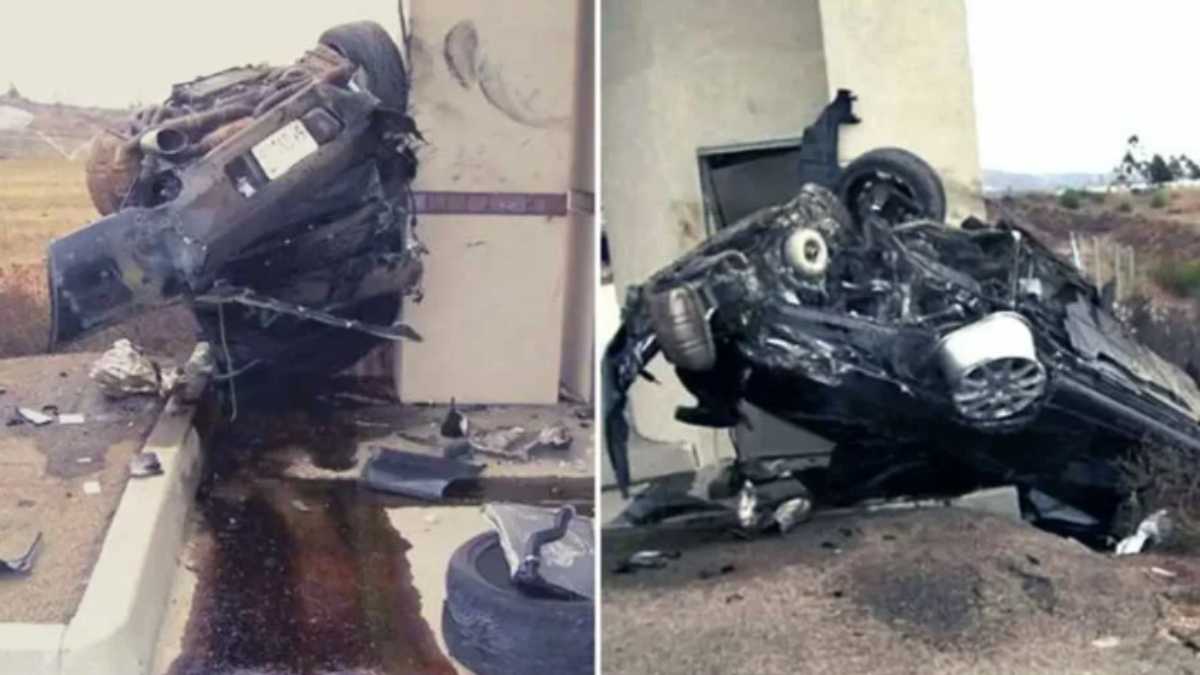Introduction
The story of Nikki Catsura is one of the most discussed and controversial cases in the intersection of true crime and digital ethics. Often referred to in sensational headlines as the Nikki Catsura brain case, it involves a tragic accident, leaked graphic images, and a lasting debate on internet privacy and morality. This article explains what happened, why it matters, and how it continues to influence conversations about ethics online.
Who Was Nikki Catsura?
Nikki Catsura was an 18-year-old California teen who died in a high-speed car crash in 2006. Driving her father’s Porsche, Nikki lost control and collided with a toll booth near Lake Forest. The impact was so severe that her body was unrecognizable, which is where the public controversy began.
The Graphic Nature of the Crash
After the accident, photos of the scene, including graphic images of Nikki’s injuries and her severely damaged brain, were taken by California Highway Patrol (CHP) officers. These were meant for official use only. However, the images were leaked and spread online without the family’s consent.
The Leak and Online Virality
The photos quickly went viral. Websites, message boards, and social media platforms reposted them repeatedly. People searched for terms like Nikki Catsura brain images, often without understanding the human story behind them. This raised serious ethical concerns about digital responsibility and privacy.
The Emotional Impact on the Catsura Family
Nikki’s family was devastated. They not only lost their daughter in a tragic way but also faced constant online harassment. Fake profiles, memes, and messages were sent to them with links to the leaked photos. Their grief became public and painful, compounded by the cruelty of online users.
Legal Actions and the Fight for Digital Privacy
The Catsura family filed a lawsuit against the CHP for negligence and emotional distress. In 2014, they received a settlement. But the case did something bigger: it opened the door for national conversations on digital rights and internet accountability.
Ethical Questions Around Sharing Graphic Content
Should graphic content be shared for awareness or journalism? Or should it be censored to protect dignity? The Nikki Catsura brain case forced many to question their roles as consumers and sharers of online content. Experts argue that informed consent and context should guide digital sharing.
The Role of Search Engines and Platforms
Search engines and platforms played a large role in the spread of the images. At the time, there were few systems to flag or remove harmful content. Since then, companies like Google and Facebook have implemented more robust policies. Yet, the internet rarely forgets.
Changes in Policy and Awareness
After the Nikki Catsura brain case, lawmakers and tech companies started to recognize the need for stronger digital protections. Some platforms now allow families to request removal of graphic or offensive content. The case is also taught in media ethics and digital law courses.
Media Responsibility and Public Consumption
Media outlets also came under scrutiny. Some used the case for traffic and views without considering the emotional cost. Responsible journalism now involves considering the impact of coverage on victims and their families.
How the Case Shaped Internet Ethics
This case became a turning point in how we understand digital footprints, consent, and online trauma. It’s not just a true crime story. It’s a lesson in empathy, digital ethics, and how quickly tragedy can be exploited in the digital age.
Conclusion
The Nikki Catsura brain case is more than just a tragedy. It’s a reminder of the importance of digital ethics, privacy, and respect for human dignity. As we continue to navigate the internet, this story stands as a warning about the consequences of our clicks and shares.
FAQ Section
What happened in the Nikki Catsura accident?
Nikki Catsura died in a high-speed car crash in 2006. Her vehicle collided with a toll booth, resulting in fatal injuries.
Why is the case referred to as the Nikki Catsura brain case?
Because graphic photos of Nikki’s injuries, including severe damage to her brain, were leaked and shared online, making it a notorious example of online privacy violations.
Who leaked the crash photos of Nikki Catsura?
Officers from the California Highway Patrol took the photos and they were leaked unofficially, later spreading across the internet.
What was the public reaction to the leaked photos?
The public response was mixed, with many outraged by the invasion of privacy and others contributing to the viral spread of the images.
Did the Catsura family take legal action?
Yes, they sued the CHP for negligence and emotional distress and reached a settlement in 2014.
How did the Nikki Catsura brain case influence internet laws?
It spurred discussions about digital privacy and led to improved content regulation and removal processes on major platforms.
Can the Nikki Catsura photos still be found online?
Despite efforts to remove them, copies still exist on some sites. Search engines and platforms have made it harder to find them.
Why is this case still relevant in 2025?
Because it addresses ongoing concerns about online privacy, ethical media behavior, and the permanence of digital content.
